News 6/23/11
From O-chit: “Re: ONC FAQs. Saw this new question posted on ONC’s FAQ page. Scary to think that some people are still confused. I hope vendors aren’t contributing to the confusion.” The newly updated question: My EHR system is CCHIT certified. Does that mean it is certified for the EHR incentive program? The answer is clearly no, since the incentive program requires EHRs to be ONC-ATCB certified. And I am optimistic that no vendors are knowingly misleading anyone.
The AMA says it will lobby hospitals and healthcare systems to use standardized EMR interface designs to help physicians working at multiple facilities. Easier said than done, I would imagine. AMA made the resolution during its annual meeting this week. It also disclosed that it lost 12,000 dues-paying member physicians over the last year. The decline is in part blamed on AMA’s support of healthcare reform.
Kareo adds e-mail and chat support options for clients on all subscription levels and introduces an Integrated Credit Card Processing service for its PM application.
Sage Healthcare Division adds nine facilities running Sage Intergy On-Demand, Sage’s cloud-based EHR/PM solution.
RCM provider Navicure names Craig Potts EVP of sales. He’s from Fiserv and TenFold.
An analysis of health data breaches reveals that cloud-based EHRs have a pretty good track record compared to both on-site EHRs and paper records. The report also finds that most HIPAA violations result from insufficient internal security, negligence, or theft.
Physician alignment is named the most serious obstacle for organizations trying to form ACOs, as well as for hospitals and physicians electing not to move forward on ACOs. Physician alignment seems like a fairly broad term, but I am assuming that in this case it has more to do with alignment with economic goals than on issues related to patient care.
Forbes columnist Zina Moukheiber profiles Practice Fusion and CEO Ryan Howard, also explores why PayPal founder Peter Thiel has invested in the company. Before ARRA, Practice Fusion was barely staying alive. Things turned around when new investors surfaced shortly after the HITECH legislation passed. Here’s some insight on Practice Fusion’s plans for making money by offering a free EHR:
Nothing is really quite free, and Practice Fusion needs to find a way to make money. In the fine print of its licensing agreement, there’s a provision which says that by signing on, doctors agree to transfer their ownership of patient data, stripped of identifiers, to the company. Practice Fusion now sits on a valuable load of information that pharmaceutical companies would love to get their hands on to mine it. There are, for example, one million patients with diabetes in the database; the number for obesity is the highest. I ask Howard whether he plans to sell useful marketing information to a company that wants to know, say, in which parts of the country its newly-released drug is not being prescribed. He balks; he wants to make sure he’s not crossing any ethical lines. He’s looking instead at applications, such as helping pharma companies enroll patients in clinical trials, or monitoring a drug following its release on the market. Practice Fusion’s revenues which are now less than $10 million, come mostly from advertising.
A1 Medical Software donates an EMR system to the soon-to-be opened Lee County Volunteers in Medicine Compassionate Care Clinic (FL). The clinic will provide free healthcare services to the uninsured and under-insured.


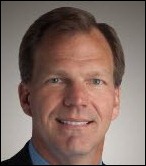
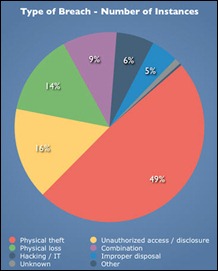

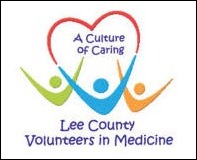





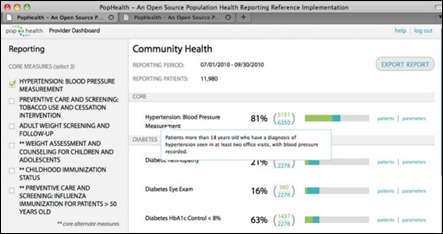
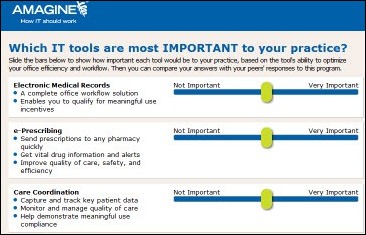



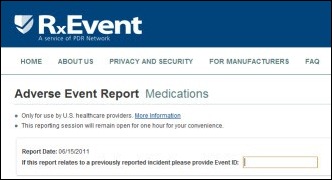

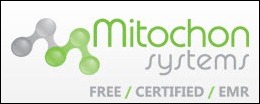

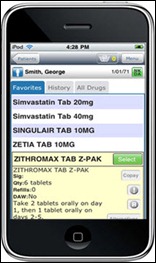
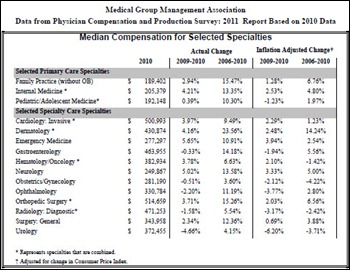
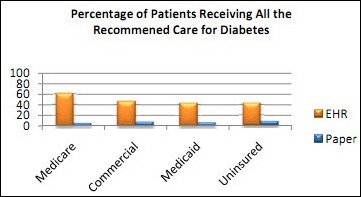
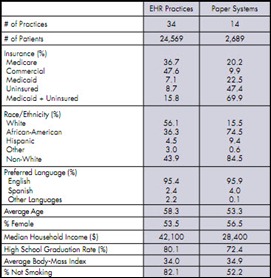

Re: Walmart Health: Just had a great dental visit this morning, which was preceded by helpful reminders from Epic, and…